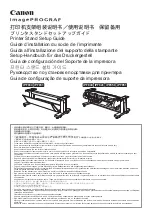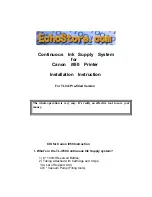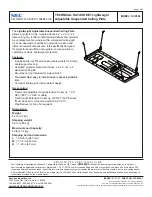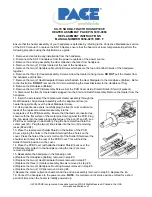
RAD-Star User’s Guide
4
© 2015-2016 Intrepid Control Systems, Inc.
Version 1.2 - June 1, 2016
Block Diagram
Figure 3 illustrates the main functional elements of the RAD-Star.
XMOS
BroadR-Reach
Active TAP
Master
10/100
Ethernet
PHY
Master
BroadR
PHY
Slave
BroadR
PHY
Slave
10/100
Ethernet
PHY
Master
BroadR
Mini50
Connector
Slave
BroadR
Mini50
Connector
Master
Ethernet
RJ-45
Connector
Slave
Ethernet
RJ-45
Connector
Figure 3: RAD-Star Block Diagram.
4
Description of RAD-Star Interfaces and Indicators
We’ll now take a short tour of the RAD-Star, examining the external components of the device
and explaining what each does. The RAD-Star is designed so that all of its components are
located on its two sides, making the device easier to use in cramped quarters. We’ll identify
the sides by the type of Ethernet ports each contains, calling one the
Automotive Ethernet Side
and the other the
Conventional Ethernet Side
.
Automotive Ethernet Side
This panel of the RAD-Star (Figure 4) contains a pair of Molex Mini50 jacks. While there is no
standardized Automotive Ethernet connector type, the Mini50 is used by many BroadR-Reach /
100BASE-T1 devices, including Broadcom switches and other Intrepid AE hardware.
BroadR-Reach requires that each link have one device serve as the
master
, while the other
acts as the
slave
. The two RAD-Star connectors are labeled to illustrate how they are internally
configured:
•
BR MSTR:
This port is set as a master device, and is intended to connect to an ECU or
switch port configured as a slave.
•
BR SLAVE:
This port acts as a slave device and should be linked to a master ECU or
switch port.








































